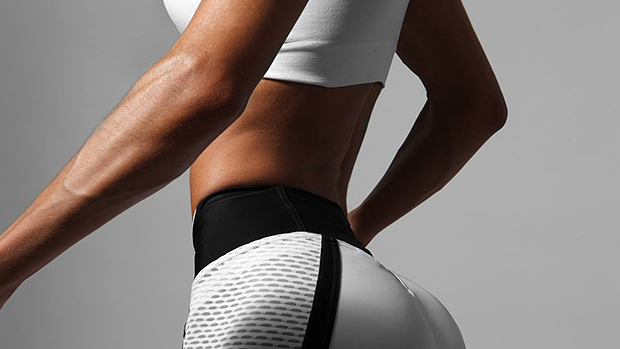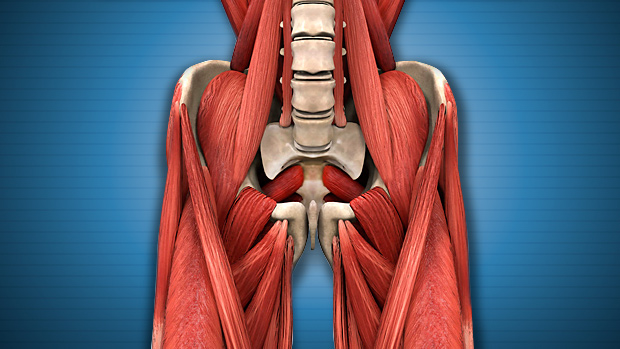No More Wrist Curls
The men with the beefiest forearms aren't sitting on the edge of a bench wrist-curling 30-pound bars. In fact, the dudes packing the most heat below the elbow often don't train them at all. The majority of them simply live laborious lives that breed forearms. For instance, we all have that grandpa who eats 15 grams of protein a day but still has bigger forearms than us because he "worked construction for a few summers back in the day."
But most of us don't have physical jobs these days. So how do we get lumber-jacked forearms without dedicating our lives to manual labor? Here's the answer: A short, max-effort circuit that mimics the tension of arduous forearm and grip work.
Perform this circuit every day at the end of your workout. Every exercise is performed for one set until failure, no rest between sets. Prepare your weights in advance to shorten unintentional rest.
Hold a weight plate in your right hand. (Don't use the built-in handles if your plates have them.) Your palm should be facing your body and the top of your hand facing straight ahead. This will leave the weight plate hanging in front of your quads. Squeeze as tightly at you can.
Let go of the plate, then grab the falling plate with your left hand. The plate is now lower than your preferred starting position, so you must erect your posture before performing the next rep. The rhythm is: drop, grab, erect, and repeat.
With your right hand grab the end of a dumbbell so your palm is on top of one of the ends and your fingers are wrapped around it. The other end of the dumbbell is now facing the floor. (Yes, it looks silly.) Depending on your equipment and your hands, a 20 pound dumbbell should fit nicely. The dumbbell should be hanging in front of your quads like the previous exercise.
Now, try to shimmy your left hand into the position that the right hand is currently gripping without dropping the weight and without touching any other part of the dumbbell. Your left hand can only touch where your right hand was positioned. Continue making as many transfers as possible.
Find a pull-up bar that has multiple grip options. Start with your hands in traditional pull-up position, then tighten your grip and create a slight bend in your elbow so you're not at a dead hang. This will transfer the tension from your shoulder joints to your forearms and hands.
Now, as slow as possible, move your right hand into an underhand grip or a neutral grip. The left hand will repeat every movement of the right hand. The goal is to make as many movements as possible before having to drop. The movements should be slow and under control.
Sit down for this one so you can safely ditch the weight when your forearms/grip give out. While maintaining perfect posture, grab onto the heaviest dumbbells you can find. Now, hold em'. Yep, that's it. If you can hold it for anywhere near a minute you didn't go heavy enough.





